Natural disasters are not preventable but their impacts can be reduced with the help of science and engineering. Some natural disasters can be forecasted based on past scientific data. Scientists look for patterns in data to determine where and when natural disasters are likely to occur, like tornadoes. Other disasters like earthquakes are not yet predictable.
To better understand how to predict natural disasters…
LET’S BREAK IT DOWN!
Reducing Impact of Natural Disasters
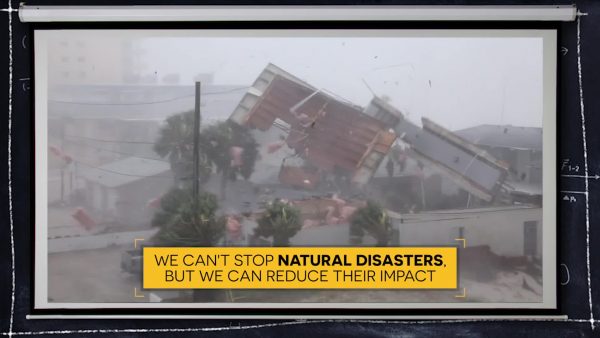
Natural disasters cannot be prevented, but some can be predicted, allowing humans to engineer and design solutions for minimizing the impact of natural disasters. Scientists and engineers work together to improve existing technologies or develop new ones to increase their benefits hoping to reduce the impact of natural hazards such as earthquakes, tornadoes, wildfires, tsunamis, and hurricanes.
Some Natural Disasters Can Be Forecasted
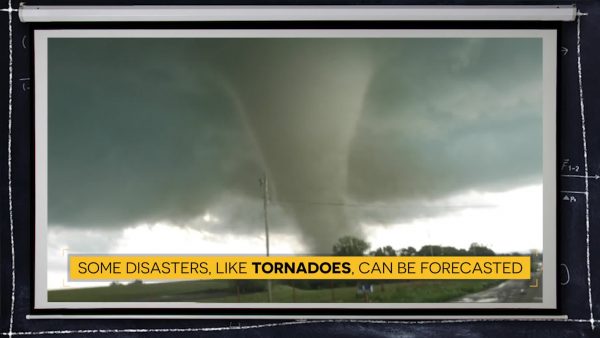
Meteorologists use weather data such as air pressure, wind speed, and temperature to make predictions about weather systems. Because of that, severe thunderstorms that have the capability of producing tornadoes can be forecasted, sometimes allowing people to be prepared for a tornadic event by taking shelter and having supplies. Tornadoes are most common in the central United States in an area known as “tornado alley” and are known to cause mass destruction reaching wind speeds in excess of 100 miles per hour. Other times, however, weather systems can change rapidly without warning, and it can make it more difficult to predict storm systems with accuracy.
Other Natural Disasters are Less Predictable
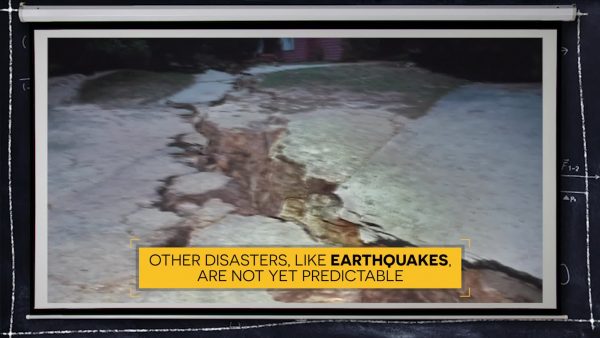
Earthquakes are examples of natural hazards that are less predictable than weather events. Earthquakes are a result of tectonic plates rubbing and compressing together, breaking rock beneath the Earth’s surface. When this rock breaks, it generates energy causing other parts of the Earth’s crust to shake and tremble. Earthquakes can also occur on the ocean floor, resulting in massive wave systems to rush in various directions from the earthquake. This is known as a tsunami. Seismologists use data from past earthquakes to make predictions about future events, but scientists have not yet figured out how to determine when and where an earthquake will occur.
Take Cover in Earthquakes

Earthquakes can cause mass destruction to buildings and property. It is important to take proper precautions when an earthquake strikes. If you live in areas that have high earthquake activity, it is important to be prepared with essential supplies like water and food because you could be without power for an extended period of time. Additionally, when an earthquake starts, you should drop right where you are, cover yourself to protect from falling objects, and hold on to something with stability. Engineers and architects work together to design structures in places that have high earthquake activity to be very stable and withstand high magnitude earthquakes.
Scientists Work to Predict Natural Disasters
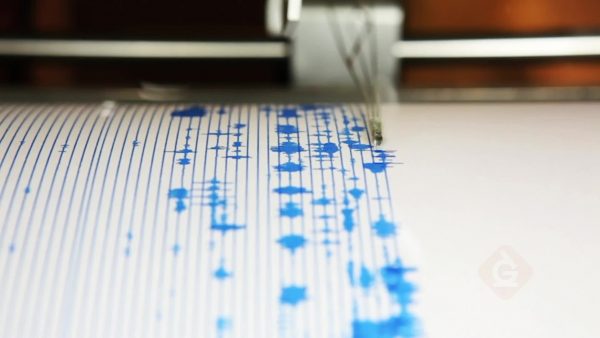
Seismologists, volcanologists, and meteorologists are all examples of scientists that collect and analyze data over periods of time to make predictions about future geologic or weather events. Scientists look for patterns in data that help them to learn more about how and why these events occur while attempting to predict when, where, and how intense the next event will be. These scientists use different types of instruments to collect data. Seismologists use a seismograph that detects the intensity of energy waves produced from an earthquake.










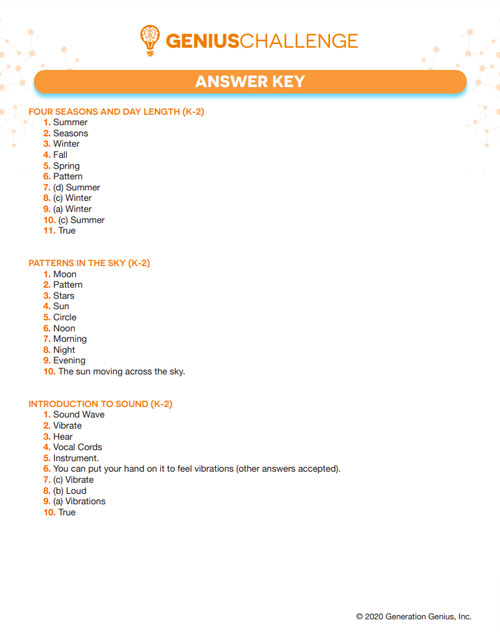























































































































 Select a Google Form
Select a Google Form












